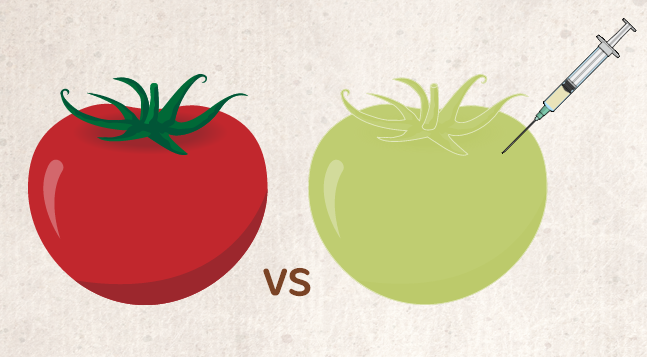Do you know the real difference between organic foods and their traditionally grown counterparts when it comes to nutrition, safety and price? Is healthy food really worth the price?
Once found only in health food stores, organic food is now a regular feature at most supermarkets. And that’s created a bit of a dilemma in the produce aisle.
On one hand, you have a conventionally grown apple. On the other, you have one that’s organic. Both apples are firm, shiny and red. Both provide vitamins and fiber, and both are free of fat, sodium and cholesterol. Which should you choose? Get the facts before you shop.
Conventional vs. organic farming
The word “organic” refers to the way farmers grow and process agricultural products, such as fruits, vegetables, grains, dairy products and meat. Organic farming practices are designed to encourage soil and water conservation and reduce pollution.
Farmers who grow organic produce don’t use conventional methods to fertilize and control weeds. Examples of organic farming practices include using natural fertilizers to feed soil and plants, and using crop rotation or mulch to manage weeds.
Source: https://mindthegraph.com/public/11882. Original text created by the Mayo Clinic staff and can be found here http://www.mayoclinic.org/healthy-lifestyle/nutrition-and-healthy-eating/in-depth/organic-food/art-20043880
Organic or not? Check the label
The U.S. Department of Agriculture (USDA) has established an organic certification program that requires all organic foods to meet strict government standards. These standards regulate how such foods are grown, handled and processed.
Any product labeled as organic must be USDA certified. Only producers who sell less than $5,000 a year in organic foods are exempt from this certification; however, they’re still required to follow the USDA’s standards for organic foods.
If a food bears a USDA Organic label, it means it’s produced and processed according to the USDA standards. The seal is voluntary, but many organic producers use it.
Illustration of the USDA organic sealProducts certified 95 percent or more organic may display this USDA seal.
Products that are completely organic — such as fruits, vegetables, eggs or other single-ingredient foods — are labeled 100 percent organic and can carry the USDA seal. Foods that have more than one ingredient, such as breakfast cereal, can use the USDA organic seal plus the following wording, depending on the number of organic ingredients:
Foods that have more than one ingredient, such as breakfast cereal, can use the USDA organic seal plus the following wording, depending on the number of organic ingredients:
100 percent organic. To use this phrase, products must be either completely organic or made of all organic ingredients.
Organic. Products must be at least 95 percent organic to use this term.
Products that contain at least 70 percent organic ingredients may say “made with organic ingredients” on the label, but may not use the seal. Foods containing less than 70 percent organic ingredients can’t use the seal or the word “organic” on their product labels. They can include the organic items in their ingredient list, however.
Do ‘organic’ and ‘natural’ mean the same thing?
No, “natural” and “organic” are not interchangeable terms. You may see “natural” and other terms such as “all natural,” “free-range” or “hormone-free” on food labels. These descriptions must be truthful, but don’t confuse them with the term “organic.” Only foods that are grown and processed according to USDA organic standards can be labeled organic.

Subscribe to our newsletter
Exclusive high quality content about effective visual
communication in science.







